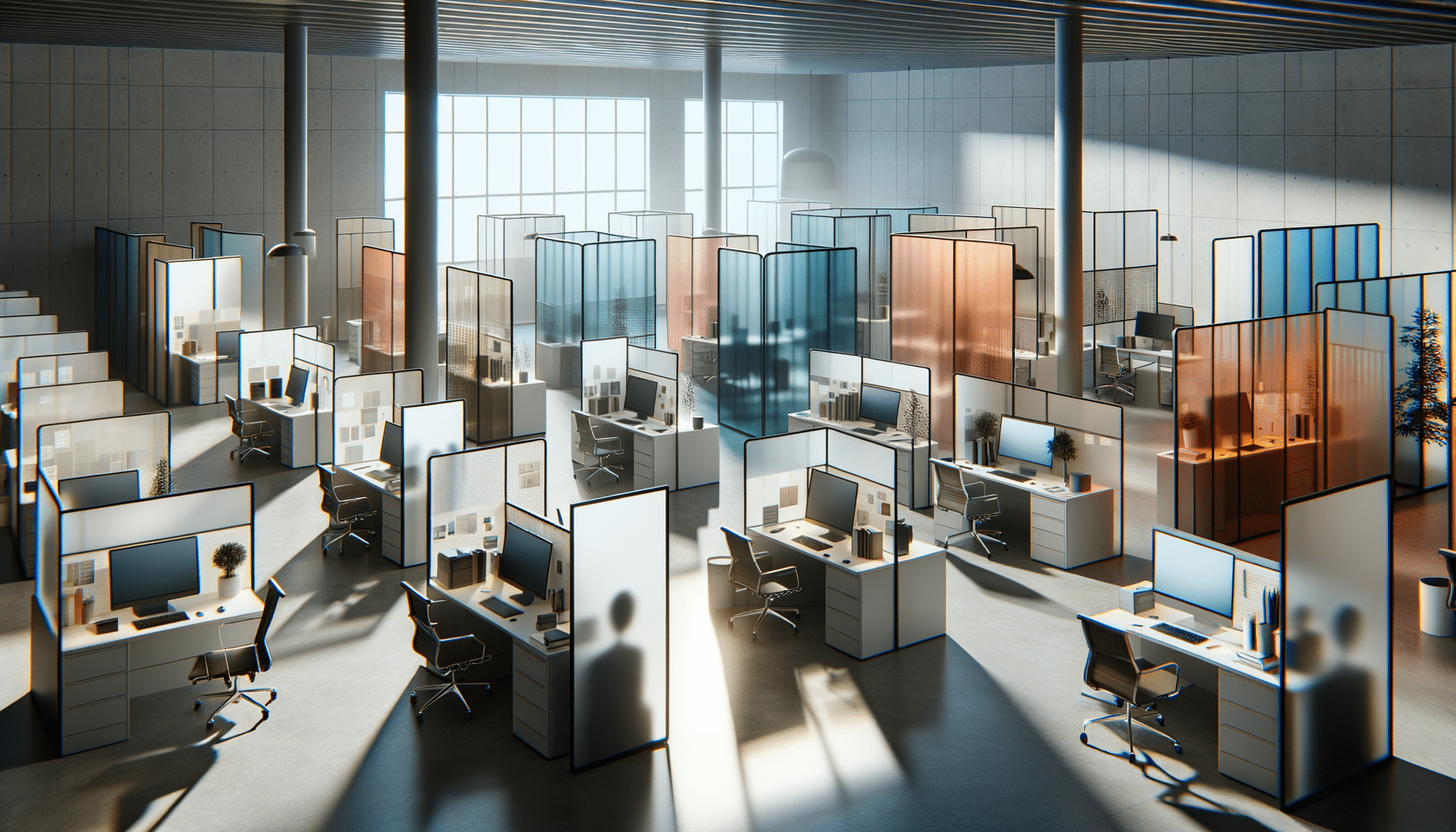Understanding Privacy Screens: Enhancing Confidentiality and Focus
Privacy screens are essential tools for safeguarding information and enhancing focus in various environments.

Introduction to Privacy Screens
In today’s digital age, the need for privacy and confidentiality is more critical than ever. Whether you’re working in an open office, studying in a library, or simply using your laptop in a café, privacy screens play a vital role in protecting your information from prying eyes. These screens are designed to limit the viewing angle of your display, ensuring that only those directly in front of it can see the content clearly. This feature is particularly beneficial for professionals handling sensitive data or individuals who value their privacy in public spaces.
Privacy screens not only protect information but also help in reducing distractions. By narrowing the field of view, they help users focus better on their tasks without being disturbed by surrounding activities. This article delves into the various aspects of privacy screens, exploring their benefits, types, and considerations for choosing the right one for your needs.
Benefits of Using Privacy Screens
Privacy screens offer a multitude of advantages that make them a worthwhile investment for both personal and professional use. One of the primary benefits is the protection of sensitive information. In environments like offices or public places, there’s always a risk of someone inadvertently glancing at your screen. Privacy screens mitigate this risk by ensuring that only the person directly in front of the screen can view the content clearly.
Moreover, privacy screens contribute to reducing glare and eye strain. Many models come with anti-glare properties, which are particularly useful in brightly lit environments. This feature not only enhances viewing comfort but also reduces the likelihood of eye fatigue during prolonged use.
Another significant benefit is the improvement in focus and productivity. By minimizing visual distractions from the surrounding environment, privacy screens allow users to concentrate better on their tasks. This is especially beneficial in open-plan offices or shared workspaces where maintaining focus can be challenging.
Types of Privacy Screens
Privacy screens come in various types, each designed to cater to different needs and preferences. The most common types include:
- Standard Privacy Filters: These are the most widely used and are suitable for laptops and desktop monitors. They typically offer a viewing angle of around 60 degrees.
- Touchscreen-Compatible Filters: Designed for devices with touch capabilities, these filters ensure that touch functionality remains unaffected while providing privacy.
- Magnetic and Adhesive Filters: Magnetic filters are easy to attach and remove, making them ideal for users who frequently move between different devices. Adhesive filters, on the other hand, offer a more permanent solution.
- Blue Light Blocking Filters: In addition to privacy, these filters help reduce exposure to blue light, which can be harmful to the eyes over time.
Choosing the right type of privacy screen depends on your specific requirements, such as the type of device you use, your work environment, and personal preferences regarding installation and additional features.
Considerations for Choosing a Privacy Screen
When selecting a privacy screen, several factors should be considered to ensure you make the right choice. Firstly, consider the size and compatibility of the screen with your device. Privacy screens are available in various sizes, and it’s crucial to choose one that fits your device perfectly to avoid any gaps or misalignment.
Another important aspect is the level of privacy required. Some screens offer more restricted viewing angles than others, providing enhanced privacy. If you work with highly sensitive information, opting for a screen with a narrower viewing angle might be beneficial.
Additionally, consider the ease of installation and removal. If you frequently switch between devices or need to share your screen with others occasionally, a magnetic or easily removable adhesive filter may be more convenient.
Finally, think about any additional features you might need, such as anti-glare properties or blue light filtering. These features can enhance your overall experience and provide added benefits beyond privacy.
Conclusion: Enhancing Privacy and Productivity
Privacy screens are invaluable tools in today’s interconnected world, offering both security and comfort to users. By understanding the different types and benefits of privacy screens, individuals and businesses can make informed decisions to enhance their privacy and productivity. Whether you’re safeguarding sensitive data or simply looking to reduce distractions and eye strain, a privacy screen can be a practical addition to your digital toolkit.
As technology continues to evolve, the importance of protecting personal and professional information will only grow. Investing in a quality privacy screen is a step towards ensuring that your digital interactions remain secure and focused, regardless of your environment.